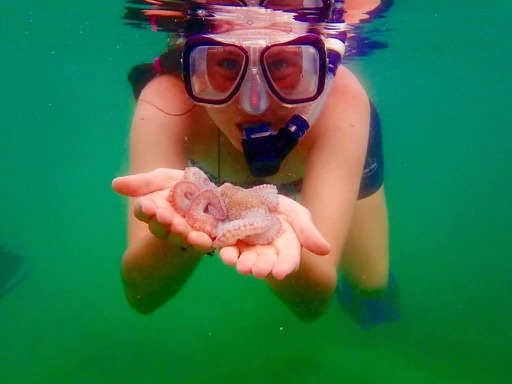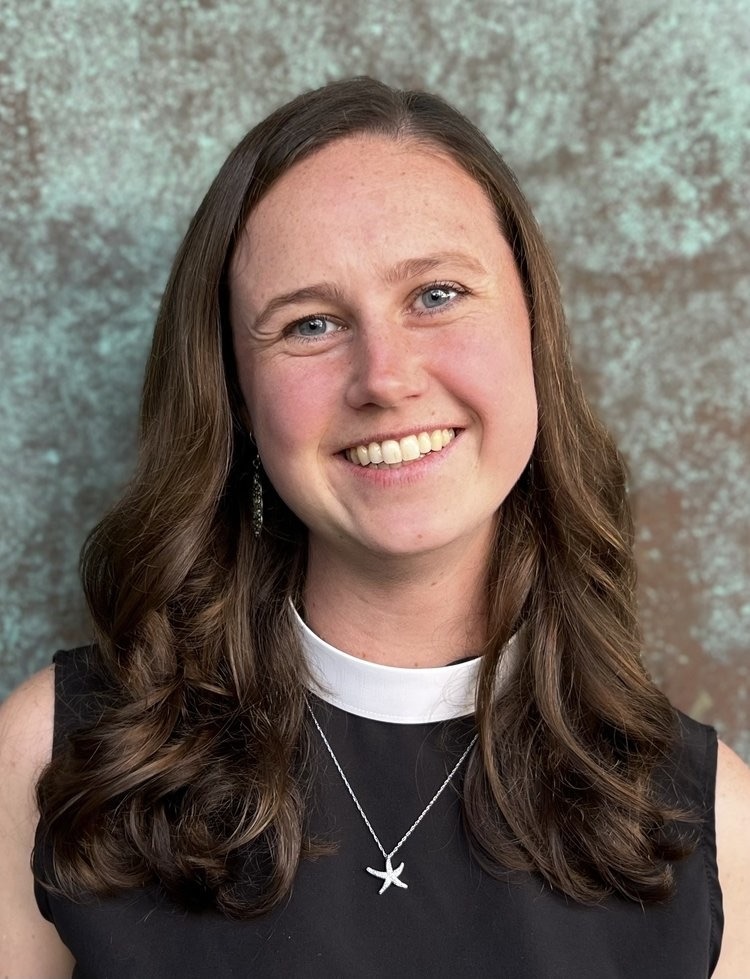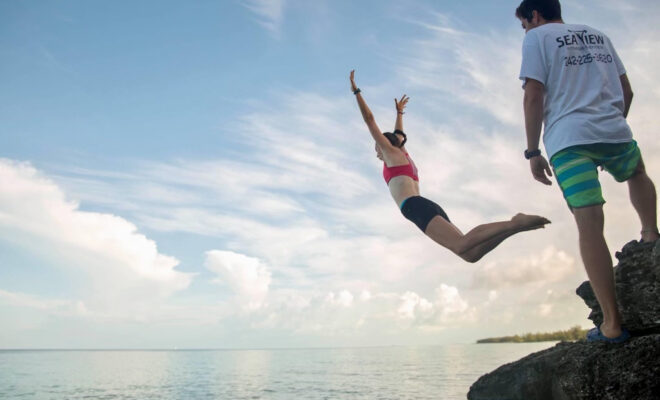July 14th, 2013
“I’m sitting on a tarp on a stretch of beach that no one else will enter for 24 hours. The horizon is gray and blurry; I can’t tell where sea ends and sky begins. There are no landmarks, inner or outer. No grades, no technology, no possessions. They even took away my watch, so time has lost meaning. What’s left? What matters? When I’m separated from every context and role I’ve always known, who am I?”
I wrote these lines in my Placebook—my Island School journal—during my 24-hour solo in Summer Term 2013. I’ve returned to them often over the years, as I’ve tried to articulate how The Island School shaped my life.
On the surface, there’s a clear throughline between the lessons I learned at The Island School and the path I’ve taken since. My glimpse of research that summer inspired me to study Ecology and Evolutionary Biology at Yale. My love of the ocean led to a Master’s in marine ecology. I’ve studied environmental writing and policy, translating science into real-life terms. For two summers, I returned to The Island School as a Summer Term faculty member.
But there’s another, less foreseeable story that evolved alongside my scientific path. Even as I studied genetics and speciation, I took classes in theology and religious poetry. After my MSc, I went to Divinity School, where I trained as a trauma and hospital chaplain and became an Episcopal priest. Now, the “ecosystems” I inhabit are churches and hospitals. My work takes me not to the edge of the ocean, but to the boundary-points of human experience: funerals, baptisms, deathbeds, prayer vigils. Places where grief, joy, suffering, or longing crack us open, causing us to question what matters and who we really are. In these places, more than any scientific setting, I feel the lasting impact of The Island School. The Island School taught me something about the spiritual root of resilience—how to access the calm, steady center that sustains us through challenge and change.
There’s a concept in most spiritual traditions called the death of the ego, or the disintegration of the false self. Our ego is our outward-facing identity, the part of us that’s built from achievement, recognition, and material gain. There’s nothing inherently bad about the ego. It’s simply fragile and vulnerable, dependent on our ability to maintain a particular self-sufficient façade. We come to believe that our worth depends on what we do, earn, or accomplish. We’re unable to see that we belong unconditionally, that we’re loved and accepted no matter what.

But at some point in life, nearly all of us experience an event or situation that shatters the ego. It could be an illness, depression, or addiction. Other times it’s the loss of a job, a divorce, or the death of a loved one. For many of us, COVID caused this self-shattering. Isolated from the people, places, and work that forms our identity, we were forced to ask, “Who am I without my outer world?”
At such times, we have choices. We can retreat in fear, clinging to what’s comfortable and familiar. We can turn to self-destructive behaviors, or become paralyzed by anxiety and despair. Or we can surrender. We can let go of the self we thought we were, and embrace—tentatively, curiously, gently—a new way of being.
The Island School Summer Term was the first place I practiced this move of surrender and glimpsed the freedom that lies on the other side. The structure of the program mimics a “death of the ego” in a gradual, lower-stakes way. Think about it from the perspective of a sixteen-year-old student. First, you’re removed from the familiarity of family, friends, and home community. You’re asked to give up technology, texting, social media—all of the ways we usually compare ourselves, receive feedback, and construct our ego-identity. You’re deprived of material comforts: no air conditioning, long showers, or packaged food. You’re pushed to your physical limits through Run-Swims, bug bites, and heat. Finally, the paring-down process comes to a climax in the Solo, when at last you have nothing and no one but yourself for company. You’re left asking, as I did, “What matters? Who am I?”
And you realize, for the first time, that you get to answer that question. You aren’t defined by the values you’ve inherited, the identities imposed on you, the person that you (or others) thought you should be. You realize just how little you really need. On the other side of surrender is profound agency and freedom. Your worth is unconditional. You’re not beholden to anything or anyone. You can give up nearly everything and still be whole.
This surrender is, to me, the “secret sauce” of The Island School—and the secret to resilient, adaptable human beings. It’s the ingredient that transforms, strengthens, and empowers students, producing people who are equipped to respond to life’s challenges with innovation and curiosity. It’s not so much the absence of technology or distraction that does it. The secret is the process—so rare in our culture—of gradually, intentionally surrendering the outer self.
In a way, The Island School mimics a spiritual practice shared by many communities across continents and centuries. Christianity calls it contemplative prayer, Buddhism calls it non-attachment or mindfulness, Muslim Sufism calls it annihilation of the individual will. Each of these practices share a common goal: to tunnel beneath distraction, critique, and judgment to reach an inner stillness, a steady center. To access a peace that is unassailable, because it doesn’t depend on any external state. If my ministry has taught me anything, it’s that we can’t prevent suffering, loss, and profound life changes. But we can practice the move of surrender so we’re prepared for what may come later. We can grow our resilient center, nurturing and strengthening it, so it’s ready in times of need.
Thich Nhat Hanh, the great Buddhist monk and mindfulness practitioner, describes this steady center in a way that feels fitting for the Island School. “Enlightenment for a wave is the moment the wave realizes that it is water,” he writes. “At that moment, all fear of death disappears.” Only when we give up our small, self-contained forms can we come to know our deeper nature. Only when we surrender our ego can we rest in the movement and power of something beyond the self.
You can learn more about Emily and read more of her writing on her website.

